Projects
City Green has collaborated on over 120 programs and projects. Click below to see some of our current programs and past program successes.

Make the Switch Study
A project undertaken to better understand the costs and benefits of heat pump installations across British Columbia.
View Project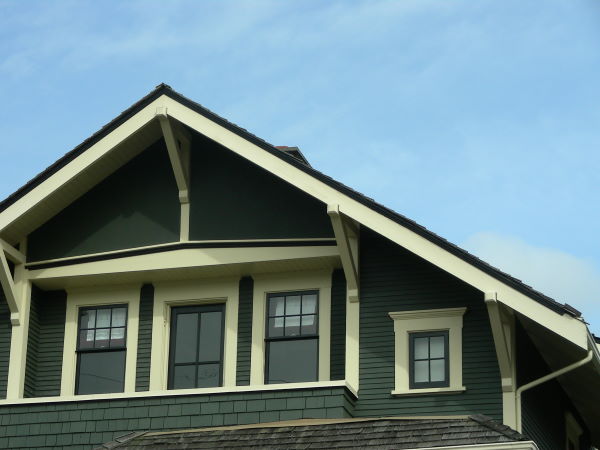
CleanBC Better Homes & Better Buildings Energy Coach
A one-stop-shop hub of residential and commercial building science information for residents of British Columbia.
View Project
CleanBC Community Energy Coach & Indigenous Community Energy Coach
Reaching thousands of homeowners and supporting the installation of hundreds of heat pumps, this initiative is a key component of the CleanBC plan.
View Project
BC Home Energy Coach & EfficiencyBC
An initiative designed and developed to test a broad range of homeowner support to address barriers to home retrofits in BC.
View Project
Jump on a Heat Pump
A program created to deliver innovative Virtual Home Energy Check-Ups to facilitate and educate heat pump installations in the region.
View Project
Home Energy Advice Program
The Home Energy Advice service is available to Vancity members across British Columbia.
View Project
Home Energy Navigator
The Home Energy Navigator is a social-climate initiative developed and administered by City Green in partnership with multiple municipalities.
View Project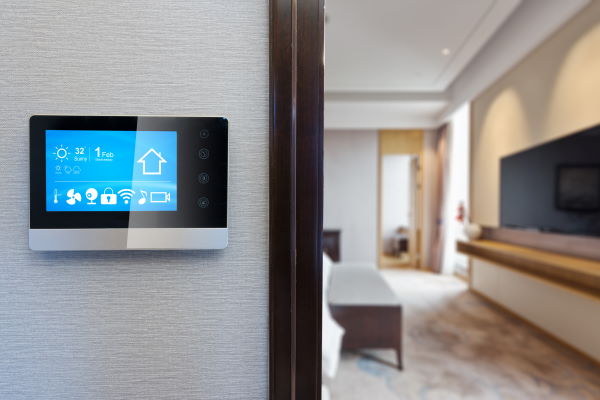
Climate Friendly Homes Tour
City Green is supporting recruitment and coordination efforts in the Greater Victoria and Greater Vancouver region for the 2023 Tour.
View Project
LEEP Trial Homes for Renovation
A program to facilitates innovative and deep energy residential retrofits in BC homes that go beyond a single system upgrade.
View Project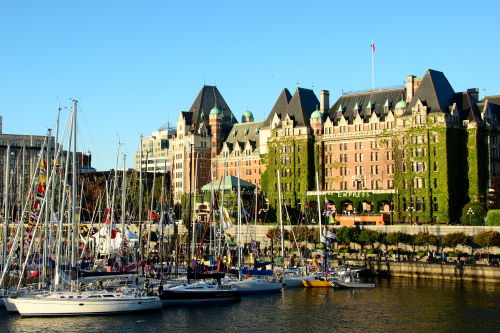
Transition 2050 Residential Retrofit Acceleration Project
A new approach to government and industry collaboration to develop a model for accelerating energy retrofit and emissions reductions.
View Project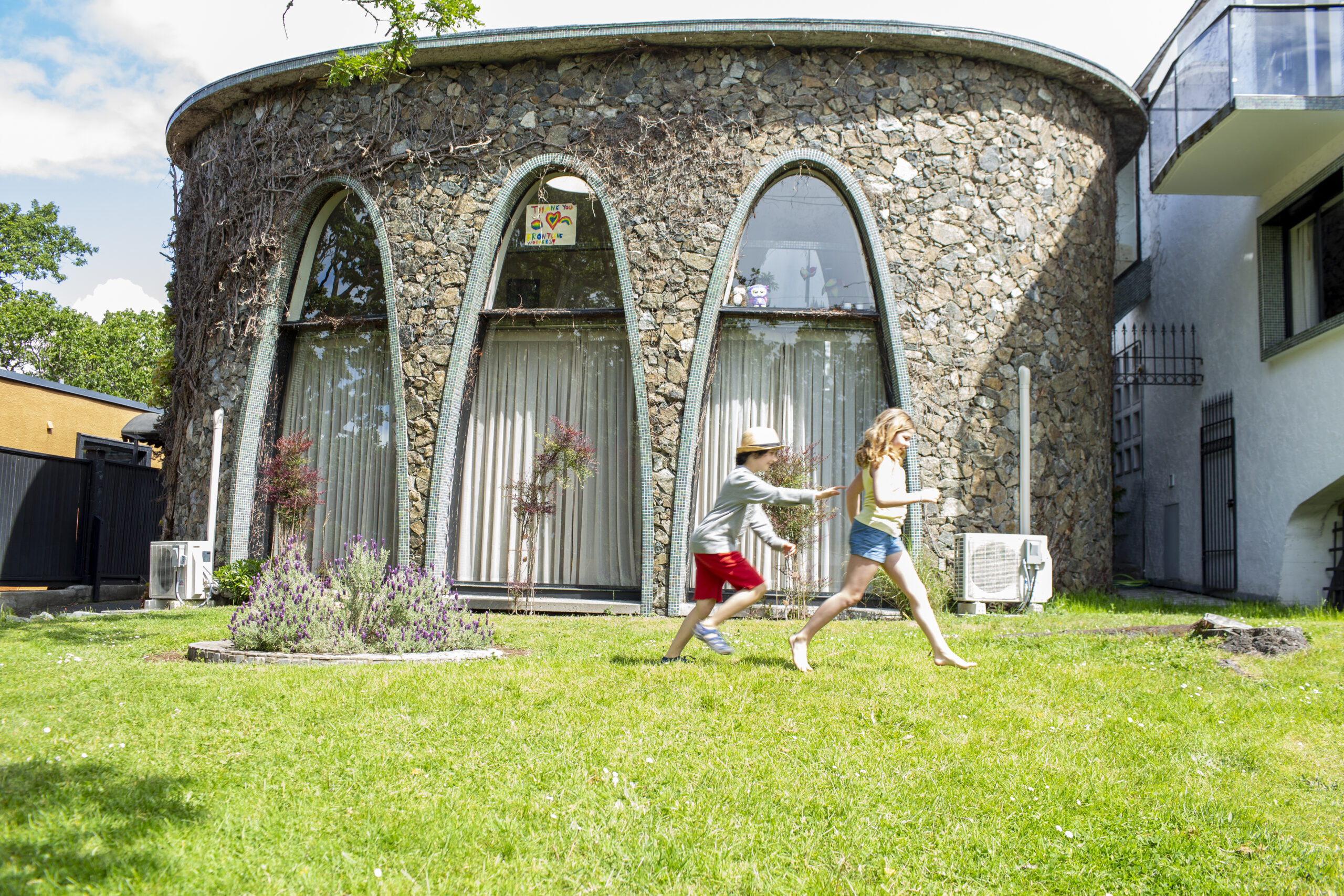
Bring It Home 4 The Climate Program
An effort between City Green Solutions and local municipalities in BC to develop and test enhanced supports for homeowners completing upgrades.
View Project
Oil to Heat Pump Incentive Program
An initiative of the Province of British Columbia to accelerate the adoption of heat pumps as a means of replacing less efficient oil heating systems.
View Project
BC Energy Step Code Compliance Report
City Green was contracted to develop the BC Energy Compliance reports and the tools and resources to train energy advisors on their use.
View Project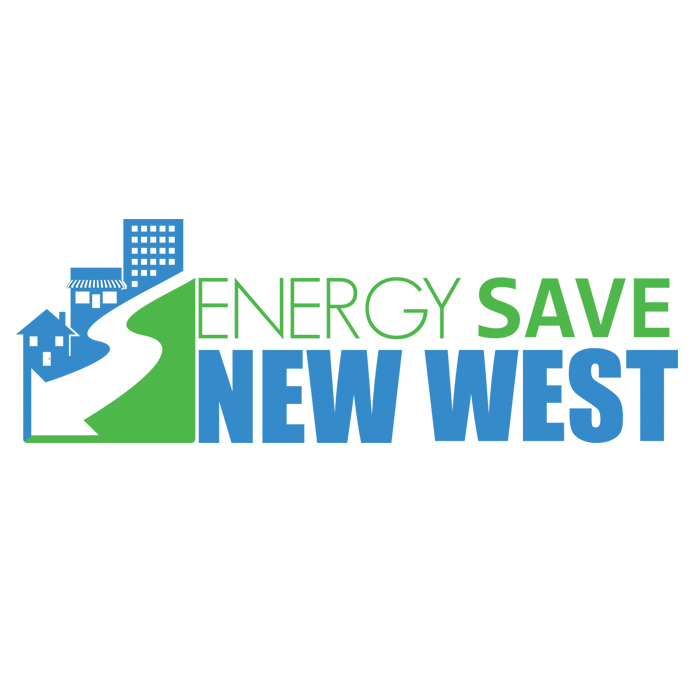
Energy Save New West
City Green has been contracted to provide EnerGuide home evaluations to residents within the City of New Westminster.
View Project
Heritage Energy Retrofit Grant
City Green was contracted to provide EnerGuide home evaluations, water efficiency checklists, and GHG reduction calculations.
View Project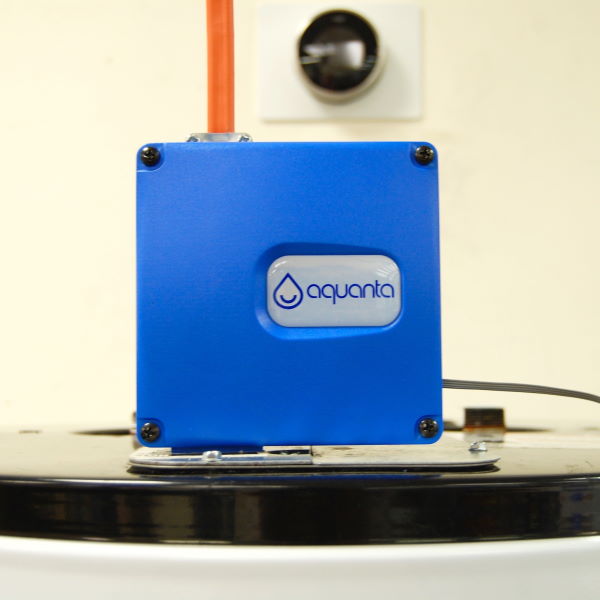
BC Hydro Load Management Demonstration Projects
An expanded demonstration project of various load management technologies in the Capital Regional District and the Lower Mainland.
View Project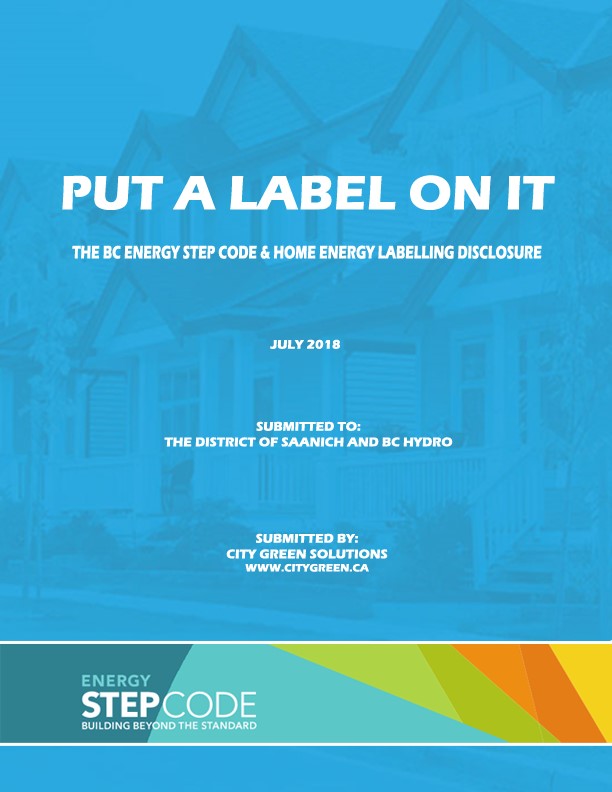
Put a Label on It: The BC Energy Step Code and Home Energy Labeling Disclosure
A report intended to provide guidance on how local governments adopting the BC Energy Step ode can enable home energy labeling disclosure.
View Project
LiveSmart Ucluelet Affordable Housing Program
City Green provided program design, implementation, community engagement and program marketing, and more.
View Project
Pre-Rinse Spray Valve Programs
Pre-Rinse Spray Valve programs provide guaranteed water, energy, and greenhouse gas savings for every business where an installation occurs.
View Project
Vancouver Smart Thermostat Rebate Program
A program to research and test emerging smart thermostat technologies as an opportunity to reduce energy consumption and GHG emissions in homes.
View Project
Integrated Home Energy Solutions
The objective of the IHES project was to advance innovative, cost-shared, multi-stakeholder home energy efficiency solutions.
View Project
BC Energy Step Code Training – Realtors, Builders and Public Officials
A one hour interactive workshop and two hour energy efficient bus tour for realtors, on “Selling the Benefits of Efficient Homes.”
View Project
ENERGY STAR® Features and Benefits Marketing Campaign
A campaign developed to foster a greater understanding of ENERGY STAR products and homes.
View Project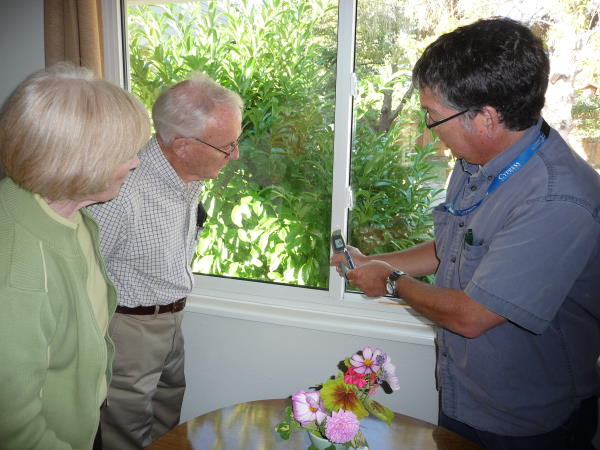
Home Energy Coach Pilot Project
A program to provide post-evaluation support to homeowners in order to assist with the transition from energy evaluation to successful retrofits.
View Project
BC Energy Step Code Studies
A case study on a Step 4 home that shows how and why builders and communities are using British Columbia’s new energy-performance building standard.
View Project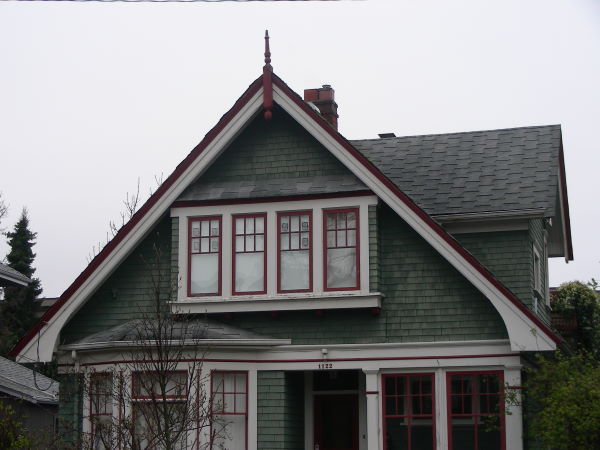
The CHF Cooperative Home Energy Survey (Energy Survey)
The Energy Survey provided a overview of cooperative housing strategic and operational performance indicators related to energy performance.
View Project
Metro Vancouver EnerGuide Rating System Critical Mass Report
City Green completed an analysis of ERS file data to show the uptake of ERS home energy labeling in Metro Vancouver communities.
View Project
Energy Savings Plan
A series of incentive packages and outreach and education initiatives to encourage market uptake of energy efficiency measures in BC buildings.
View Project